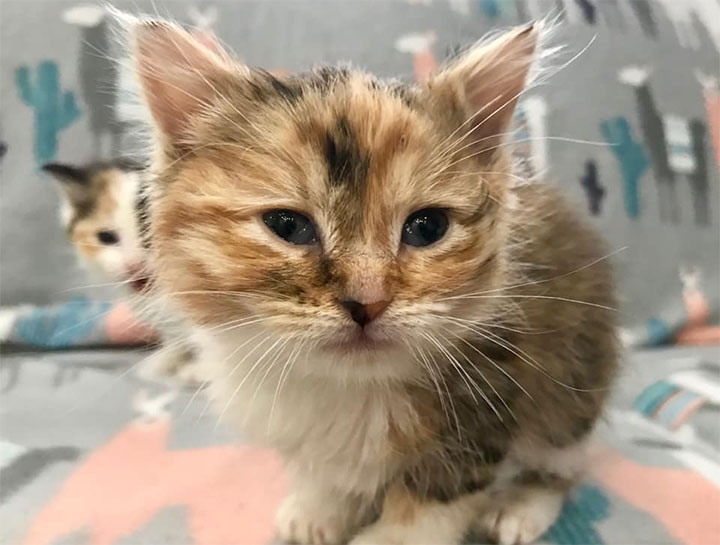Bobcat Fever

2020 has kept us focused on keeping ourselves, our families and our communities healthy and safe. This also extends to our pets, particularly our feline friends, as “Bobcat Fever” has been making an appearance in our area. Transmitted by ticks, the organism Cytauxzoon felis, while rarely serious for the bobcats that carry it, can be deadly for domestic cats. Without treatment the survival rate for domestic cats is about 3 percent.
The threat of Bobcat Fever is complicated by the fact that early symptoms are vague—lethargy, decreased appetite—but it is essential to the cat’s survival to receive appropriate medical treatment quickly. With intensive medical care and proper medication, the survival rate increases to about 60 percent. Treatment is long and complicated, it may require a hospital stay of a week or longer, involving oxygen supplementation, blood transfusions and other medical interventions. The good news is that cats who survive make a complete recovery.
As with all health issues, it’s important to remember that the best medicine is preventive medicine. This means limiting your cat’s exposure to ticks! The most effective way of doing this is keeping your cat indoors during “tick season” – March through September. If your cat does spend time outdoors, effective topical tick preventive treatments such as the Seresto collar and/or application of Bravecto are essential. (In heavily infested areas and for cats who are “tick magnets,” both may be required).
Whatever products are chosen, they must be made specifically for cats. The majority of tick preventives for dogs are toxic to cats. Your veterinarian is the best source of information about tick preventives and the best person to address any of your concerns about your cat.
